By Vintagent Contributor Peter Henshaw
If asked about iconic British transportation brands still producing vehicles, you might say Norton, Triumph, Morgan, or Jaguar, as all of them (give or take a few bankruptcies) are still going strong in the 21st century. You could add Brompton to that list, as it ticks many of the same boxes. Britain’s biggest cycle manufacturer is quintessentially, well, British. It’s survived against all odds and builds a bike that engenders fierce loyalty among its thousands of owners. They also happen to build one of the best folding bikes ever produced, and now there’s an electric version. Britain’s cycle industry followed its motorcycle kin into the gloom in the 1970s and ’80s, with factories closed down and workers laid off, but many big names survived, finding it profitable to re-badge imports. What manufacturing was left included a few low-volume specialists like Moulton. But a Cambridge engineering graduate named Andrew Ritchie designed a cool folding bike in the 1980s, and began to build it in small numbers out of a railway arch workshop in West London. He named it after the nearest main highway – Brompton Road.
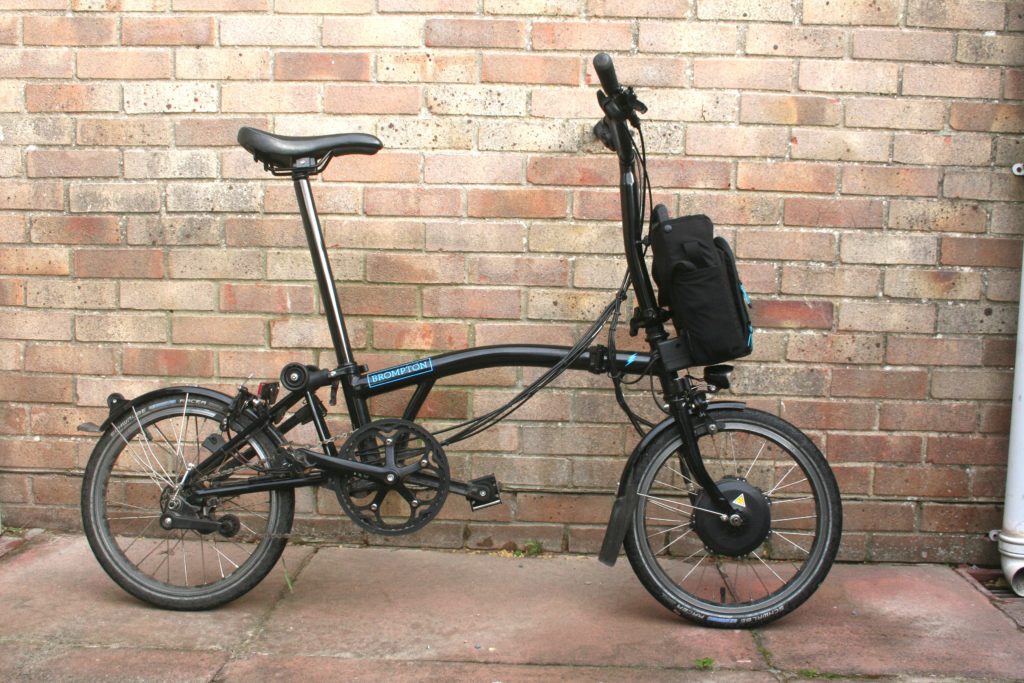
The e-Brompton
Brompton couldn’t ignore the electric bike revolution, and for years there were rumours the company was working on an e-bike. While a great folding bike, the Brompton had a limited range of gears that made for hard work in hilly cities. Meanwhile, lithium-ion batteries and compact motors were making e-bikes, or pedelecs, a no-brainer solution for commuters. Last year, the Brompton e-bike finally started production. Typical for the company, it includes quirky touches: rather than buy a well-proven Chinese hub motor, Brompton developed its own, in partnership with the Williams Formula One race team.
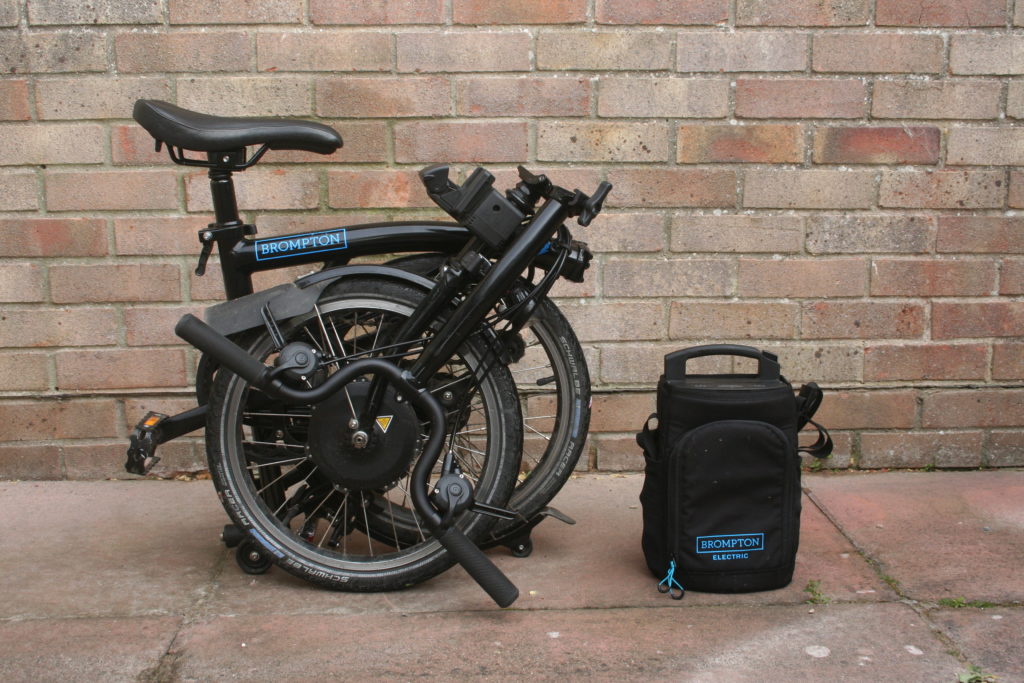
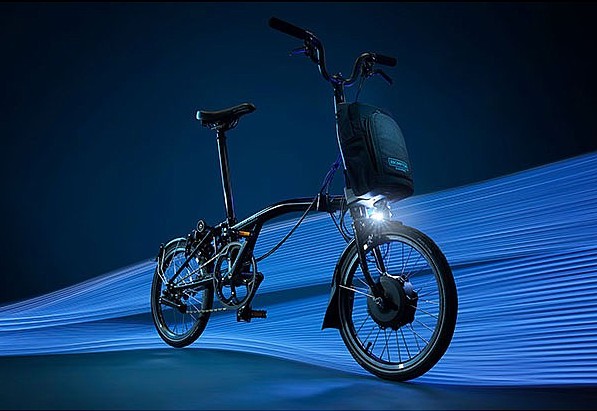
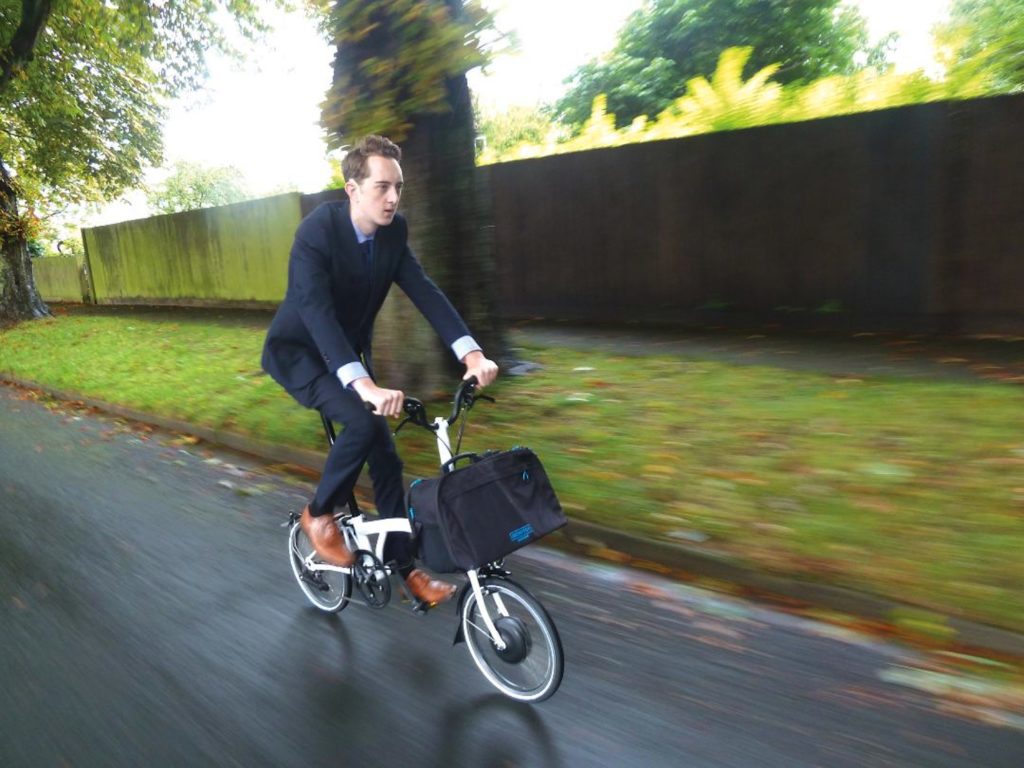
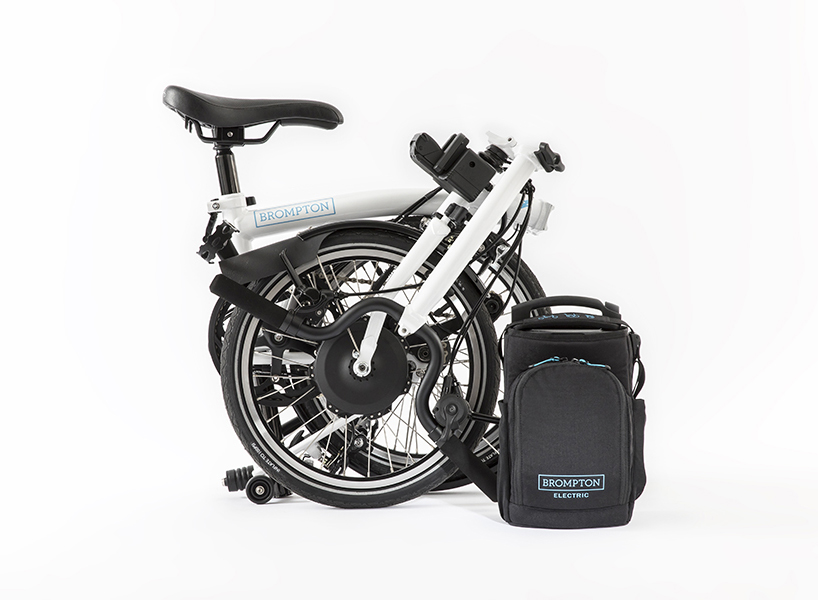
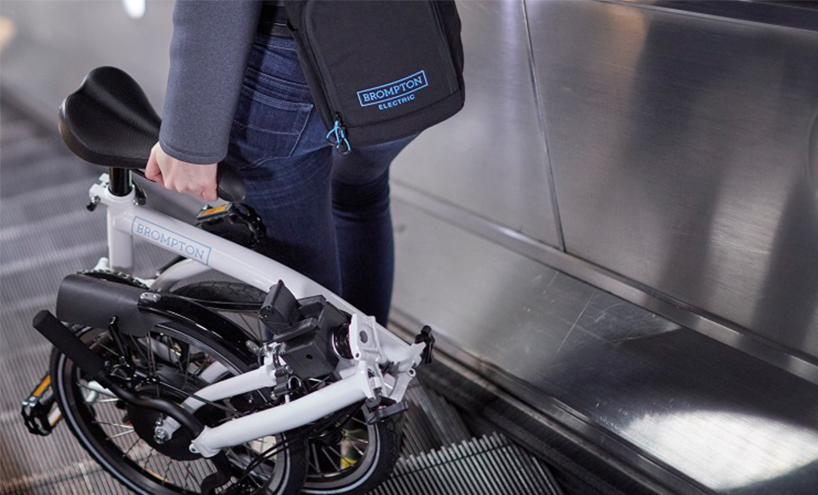
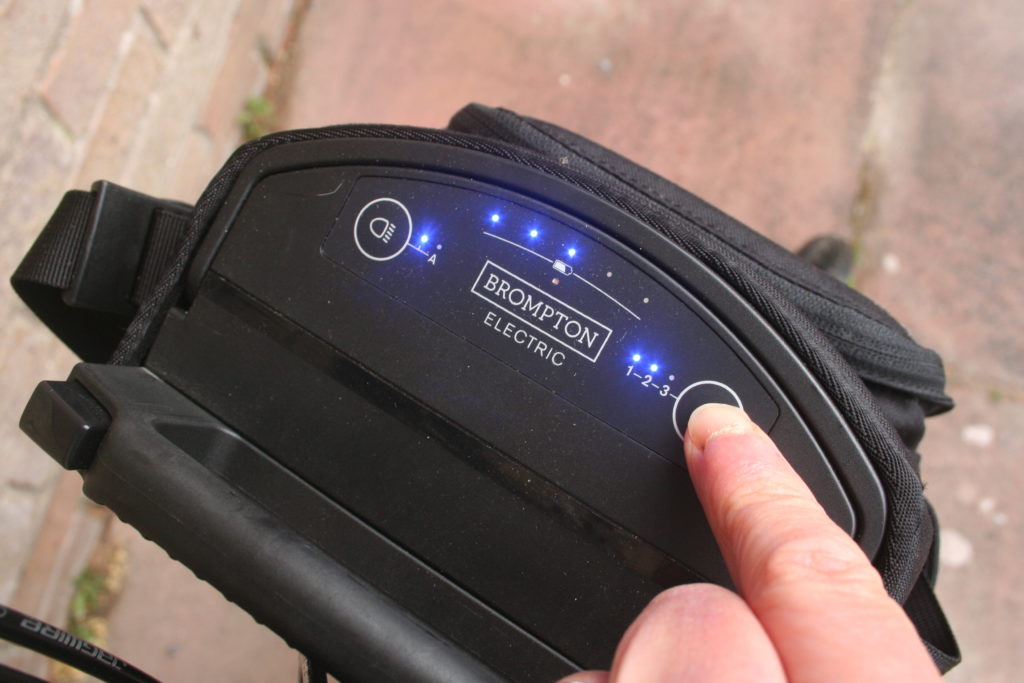
Brompton Electric
Price: £2595
Motor: 250 watts
Battery: 300Wh
Transmission: 2-speed
Weight (with battery): 16.6kg


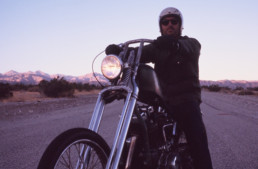
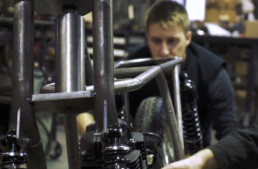
Get real ….. get [ genuinely and authentically ] green … get in shape … forget battery powered… go analogue … and get a Moulton …. Or as I’ve dubbed mine … an ‘ acoustic ‘ motorbike .
its the only way to roll 😎
“acoustic motorbike” Ha!, I love it.